What is a puncher
During repair and construction works, it is often necessary to drill holes in walls of various materials. The best tool for this purpose is a perforator. It can be used to make through or blind holes, even in such solid materials as reinforced concrete. Let us consider in more detail what this powerful unit is.
Content
Scope of application
The perforator is a hand-held power tool in which the working part performs not only reciprocating (shock) movements, but also rotates. At the same time, the material being processed is not cut off with a sharp edge, but is destroyed by impact. This is one of the most common perforator models.

The design of the unit provides several modes of operation, and the one that is needed for a particular purpose, is easily selected by a switch on the case. The photo shows this switch. A set of quick-change nozzles turns a punch into such a universal device that can be used for:
- punching through holes in walls and ceilings;
- creating blind holes for anchors and dowels;
- shtrobleny construction surfaces for laying electrical wiring and pipes;
- metal drilling and other operations.
What is the difference from impact drill
Most of the operations available to the punch can be done using a hammer drill. The main thing that distinguishes a puncher from a hammer drill is the principle of receiving a reciprocating movement by the working part. In the drill, the blow is provided mechanically, and a pneumatic device is used in the punch. But this difference does not end there. The electric motor in the perforator has more power than in the drill, respectively impact energy at punch above.
The impact force in the perforator is smoothly adjusted by pressing a key directly on the handle, which is very important for concrete of different density.
The undoubted advantage of perforators - availability of tripping clutch. Sometimes during the drilling of deep holes the drill wedges. The body of the drill continues to rotate, twists its arms, which can lead to injuries. In the perforator, the stop of the drill when jamming is less dangerous; a coupling is activated in it, which separates the rotating shaft and the percussion mechanism.
Types of perforators
Distinction of perforators not only in their power, but also in the location of the electric motor. There are models with horizontal and vertical drive.
- Vertical engine allows you to get more power and impact force. The considerable weight of such models limits their use to the height of the rise from the level of the feet of the worker. The purpose of heavy perforators is the production of holes of rather large diameter (more than 20 mm), crushing of monolithic blocks.
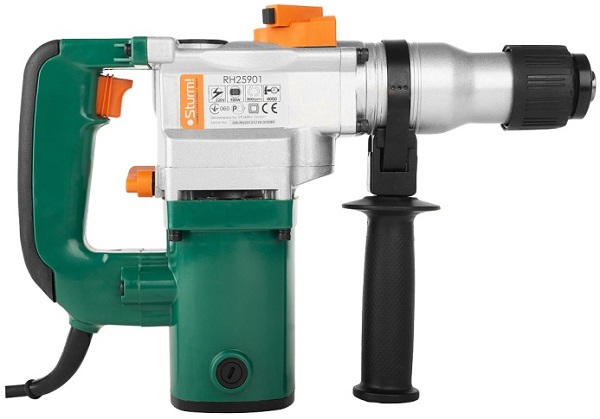
- Lightweight tools with horizontal engine allow you to work even with one hand. With their help, prepare the mounting of plasterboard partitions, drill holes up to 20 mm, strobing, make niches for wiring accessories.
The drill chucks also differ.
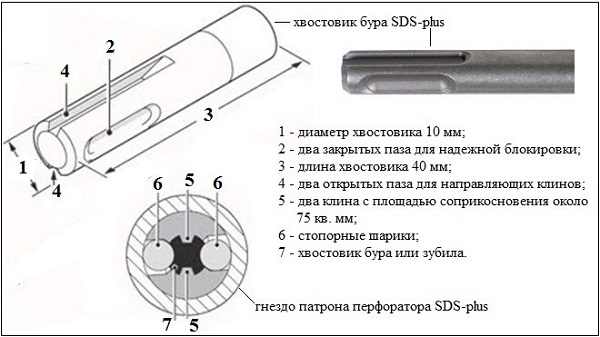
SDS + Shank drill used with lightweight tools to produce holes of small diameter in brick or concrete walls and ceilings.
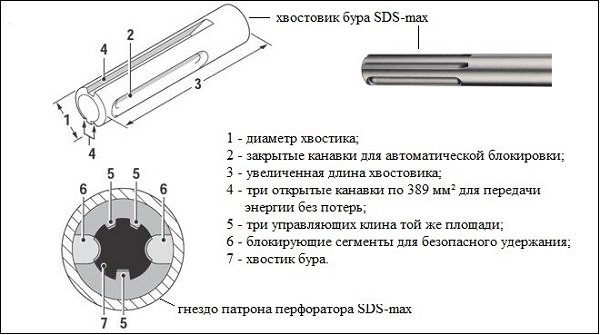
Drills SDS-max They are characterized by a high contact area of the shank with a clamping device. They are used in power drills for drilling large bore holes.
Almost all drills are powered from a 220-volt power grid. Portable models are less common; rechargeable battery. Their use is justified if it is impossible to ensure the stationary or temporary availability of a standard power grid in the workplace.
How to care for the tool
Any power tool requires periodic maintenance. All parts of the mechanisms under friction are subject to wear. Prevent premature abrasion of parts can be a regular lubrication of the surfaces of parts. Many users are limited to lubrication of the drill shank: oil from it gets on the cartridge, and partially lubricates it. This is justified only while the instrument is under warranty. In addition to the cartridge, care is required percussion mechanism, gearbox and electric motor - these actions require disassembly of the case.
During the warranty period, this service can only be carried out at authorized service centers. Independent disassembly of the tool entails the loss of the right to warranty repair.
After the end of the warranty period, you can do maintenance with your own hands. The main knots of the puncher demanding careful leaving:
- cartridge;
- gearbox;
- engine.
Maintenance of the cartridge and gearbox
To disassemble the punch need to chuck. To do this, take off rubber ring.
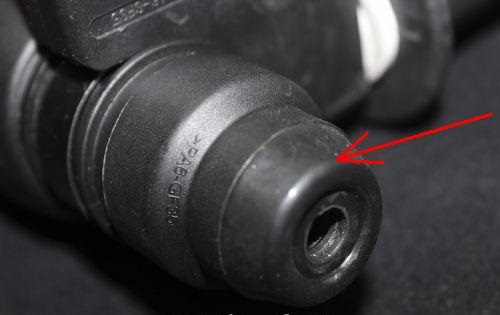
Access to the retaining ring opens, which is also removed.
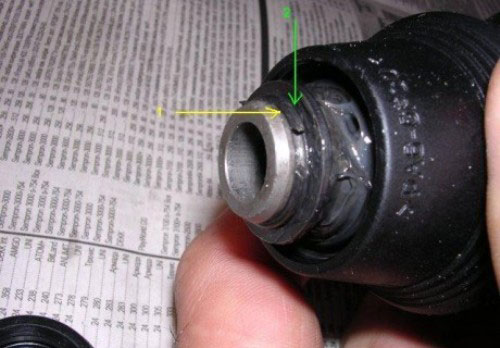
After removing the outer casing, get access to the mechanism of the cartridge. The clamping ring, spring and ball should be lubricated and have free play.
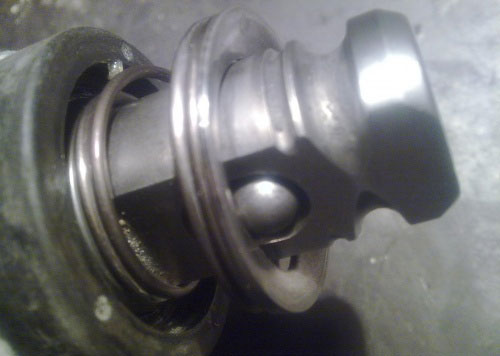
The case back is removed, and the engine manifold is released from the carbon brushes.

The front of the case is fastened with screws. Unscrew them and take out the gear together with the rotor of the engine.
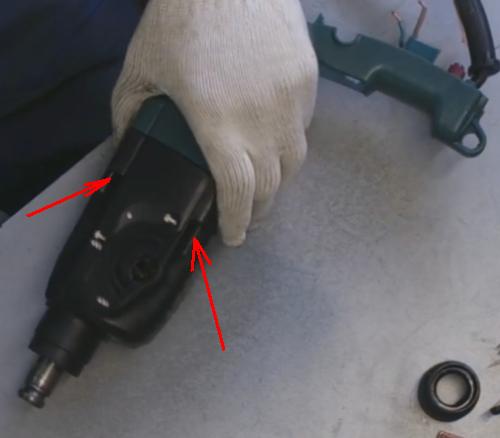
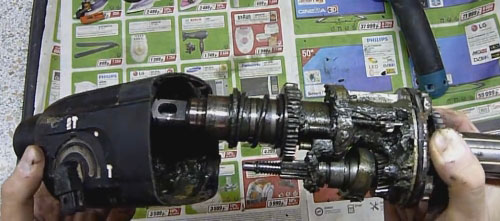
Before applying a new lubricant, the waste mass is removed, and the parts washed with gasoline. First, the lubricant is applied in a thin layer on the most important parts.
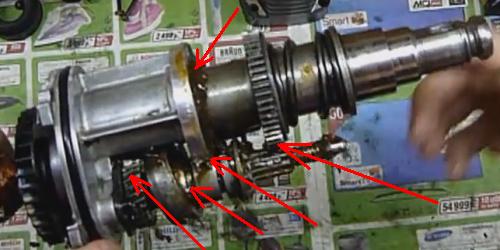
A thick layer of lubricant is applied to the gearbox housing until it is completely covered.
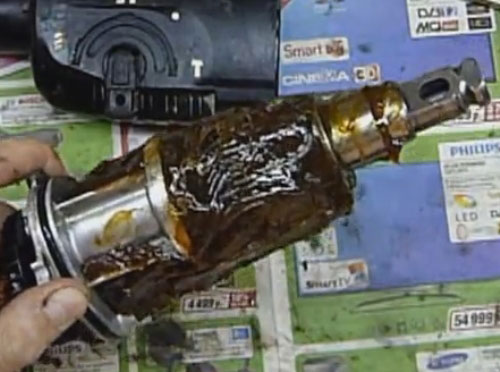
Lubricate the details of the punch is best with the composition that comes with the tool. If it is not enough, you need to purchase the necessary amount of lubricant.
The serviced mechanism is placed back into the housing.The assembly sequence is the reverse of the disassembly process.
Electric motor care
The motor is lubricated only shaft bearings. There should be no traces of oil and dust on the armature of the rotor; brushes should be of sufficient length for normal contact with the collector. If the wear of the brushes is great, they need to be replaced. Timely care will allow you to use the tools for a long time without changing parts.

/rating_off.png)











